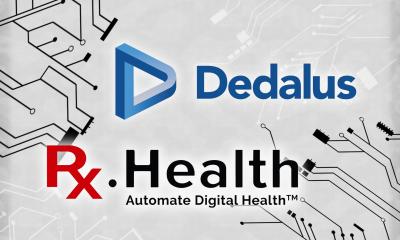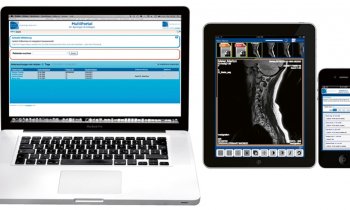Fifteen Finnish hospitals go for EPRs
By Kaj Blomqvist MSc (E.E.), electronic engineer for the Hospital District of Helsinki and Uusimaa (HUS), and currently in charge of the `Picis CareSuite Project´, which aims to automate all HUS acute care departments.

As part of a Finnish nationwide electronic patient record (EPR) initiative the Hospital District of Helsinki and Uusimaa (HUS) began to automate its acute care departments. These contain about 600 acute care beds, including operating theatres (OT) and intensive care units (ICU) in the district’s 15 hospitals. Presently HUS has annual revenues of around ?1.3 billion, and about 21,000 employees.
Aims and advantages – These are now very well-understood, universally. For example, electronic networking allows 24/7 access to patient records; they save nurses’ time by speeding up data acquisition and retrieval, and they speed up diagnoses and clinical decision-making, which can be made in real time. There’s also object-oriented data input, along with problem oriented data output, which helps to integrate relevant information to answer clinical questions, e.g. if a patient is hypovolemic. Recorded data also can be used to analyse current care procedures and create reports to improve and standardise clinical protocols and processes at unit or population level.
Because data is stored in an SQL database, the system also supports academic research. In addition to research in the ‘traditional’ controlled trial setting, the data warehouse enables study of clinical interventions in a non-controlled setting, with minimal extra resources, since all data is collected for other purposes. This way more accurate information of different protocols without research bias (Hawthorne effect) can be achieved.
The system
To achieve those universal aims, the Picis CareSuite anaesthesia and critical care system has gradually been taken into production at HUS. Currently it has been installed and is operating in Meilahti, Töölö and Peijas Hospitals.
In Meilahti hospital, the system is up and running in 12 OTs, at 13 PACU beds and 32 ICU beds including the cardiac ICU, where all Finnish heart and lung transplantation patients are treated. Töölö Hospital is one of Europe’s largest trauma hospitals, with 17 OTs, 21 PACU beds and 35 ICU beds. Peijas Hospital, with 17 OTs, 33 PACU beds and 15 ICU beds will be fully operational by this autumn.
The CareSuite system is integrated with the hospital administration system (HIS) and laboratory system. Each bed area is integrated with numerous medical devices, to automatically gather patient real-time data.
Being comprehensively parameterised and configured, the system is simple to implement and adjust to clinical processes. Experiences so far are mainly positive.
The ability to transparently integrate data from pre-operative patient assessment throughout all peri-operative environment was an important factor in the hospital district’s decision to select Picis Caresuite. Ability to have a complete real-time patient record at any time throughout the treatment process is crucial in environments like cardiac surgery and neurosurgery, where almost every patient goes from OR to ICU. Another important selection criteria was the fact that the system had been used in large multi department hospital environments at several sites worldwide, making us confident about the implementation success within the numerous hospitals and various departments at the Hospital District of Helsinki and Uusimaa.
26.06.2007











